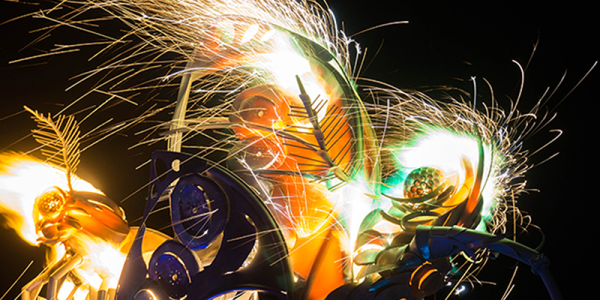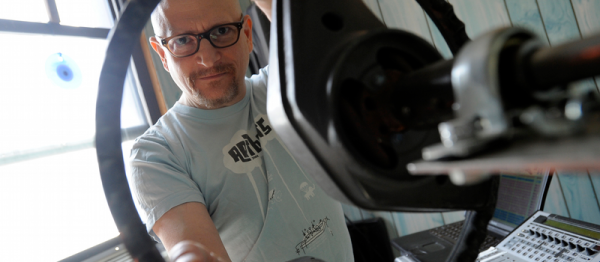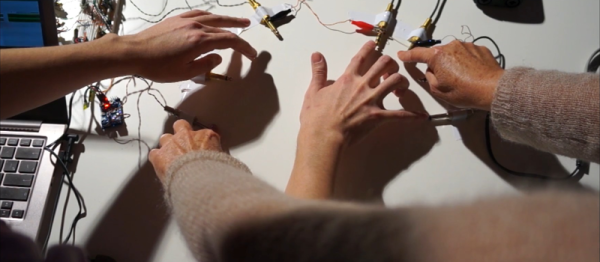Many of us have held a circuit board up to a strong light to get a sense for how many layers of circuitry it might contain. [alongruss] did this as well, but, unlike us, he saw art.
We’ve covered some art PCBs before. These, for the most part, were about embellishing the traces in some way. They also resulted in working circuits. [alongruss]’s work focuses more on the way light passes through the FR4: the way the silkscreen adds an interesting dimension to the painting, and how the tin coating reflects light.
To prove out and play with his algorithm he started with GIMP. He ran the Mona Lisa through a set of filters until he had layers of black and white images that could be applied to the layers of the circuit board. He ordered a set of boards from Seeed Studio and waited.
They came back a success! So he codified his method into Processing code. If you want to play with it, take a look at his GitHub.





 The physical
The physical 












